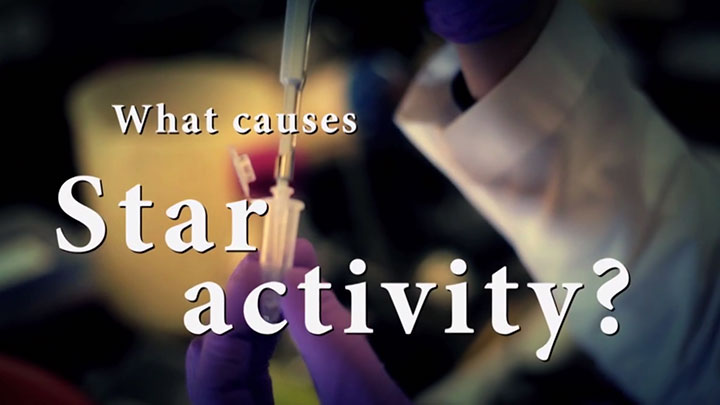Star Activity
Under non-standard reaction conditions, some restriction enzymes are capable of cleaving sequences which are similar, but not identical, to their defined recognition sequence. This altered specificity has been termed “star activity". It has been suggested that star activity is a general property of restriction endonucleases (1) and that any restriction endonuclease will cleave noncanonical sites under certain extreme conditions, some of which are listed below. Although the propensity for star activity varies, the vast majority of enzymes from New England Biolabs will not exhibit star activity when used under recommended conditions in their supplied NEBuffers. If an enzyme has been reported to exhibit star activity, it will be indicated in the product entry found in the catalog, on the datacard or on our web site.
The manner in which an enzyme's specificity is altered depends on the enzyme and the reaction conditions which induce star activity. The most common types of altered activity are single base substitutions, truncation of the outer bases in the recognition sequence, and single-strand nicking (2). Some enzymes exhibit relaxation of sequence specificity under standard conditions and in the presence of the cognate site are capable of cleaving non-cognate (secondary) sites (3).




